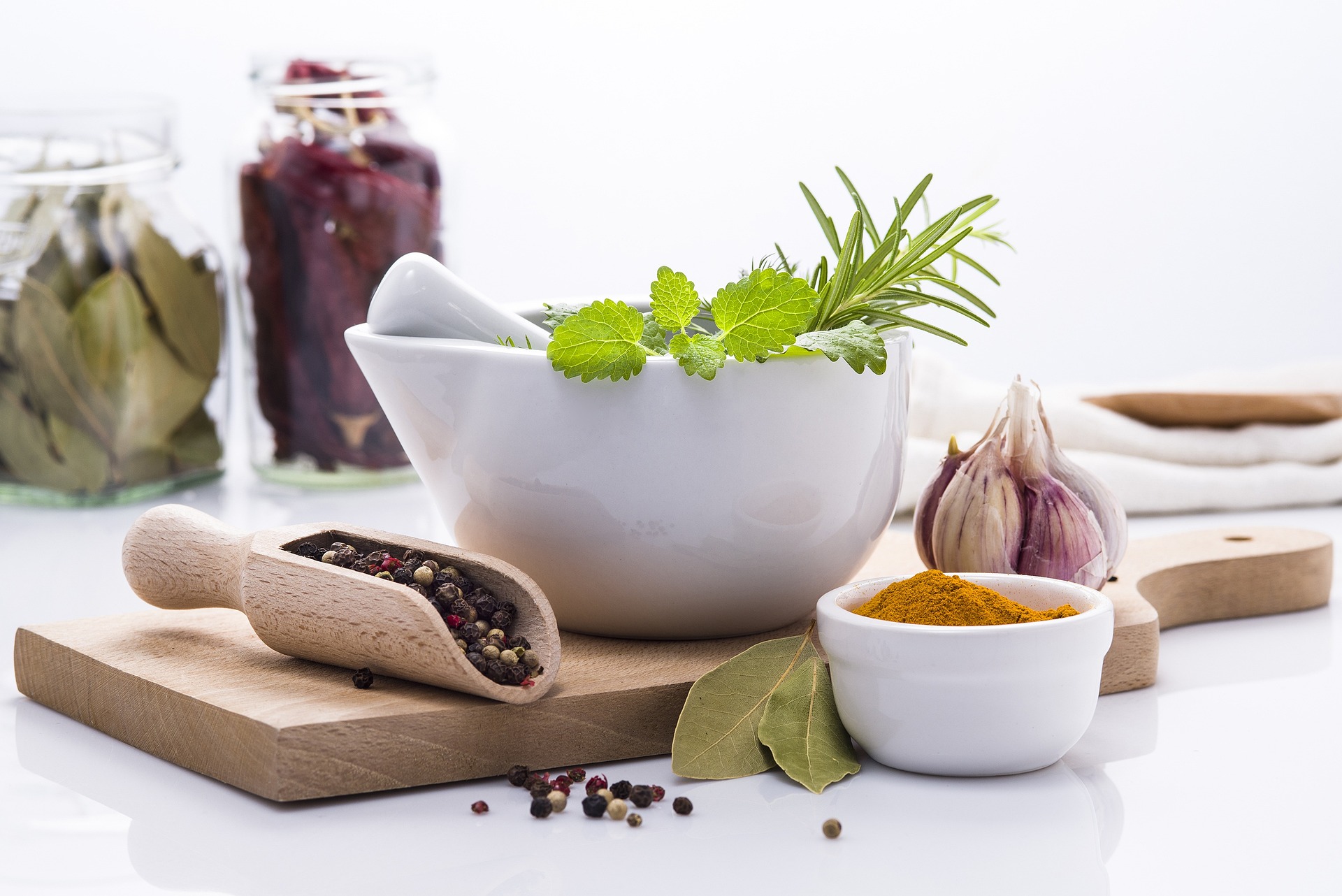Intriguing Ancient Food Preservation Techniques for Modern Kitchens
Could you believe if we told you that ancient food preservation techniques, perfected over centuries, are making a comeback in modern kitchens? In this blog post, we will delve into these age-old methods, examine their science, and illuminate how you can adopt them in your own kitchen.
An Introduction to Ancient Food Preservation
Food preservation has been a necessity since time immemorial. Back when refrigeration and canning were unheard of, humans had to innovate ways to store food that wouldn’t spoil. These methods not only preserved foods but frequently improved their flavors, gifting us culinary gems like cured meats, pickles, and preserved lemons.
Air-Drying and Dehydration: A Culinary Gift from The Past
A primitive yet effective method, air-drying and dehydration were widely used to preserve meat, fish, fruits, and veggies. The technique removes water content, inhibiting bacterial growth and preserving food. Dehydrated foods retain their nutritional value and are fantastically concentrated in flavor. When modernized, this method has led to sophisticated gastronomic delights such as dry-aged steaks and sun-dried tomatoes.
Curing: A Delicious Chemistry Lesson
Curing involves treating food with salt, sugar, or nitrates to draw out moisture and make the environment inhospitable for bacteria. The result? Flavor-packed cured meats like bacon, ham, or salami. But curing isn’t exclusive to meats. Lox and gravlax are examples of cured fish, and even egg yolks can be cured for a surprisingly delightful umami bomb!
Smoking: Into the Mystic Flavor Elevator
Smoking imparts a rich, distinctive flavor while preserving the food by covering it with antimicrobial smoke compounds. It could be hot or cold: hot smoking cooks the food, while cold smoking merely flavors it. Nowadays, smoked ingredients ranging from salmon to whiskey enjoy a gourmet status.
Fermentation: The Transformative Process
Although fermented foods are off-limits for this article, it’s worth noting that this ancient technique has been riding a wave of popularity recently. This magical process not only increases the lifespan of food but also enhances its nutritional content.
Handy Insights on Ancient Preservation Methods
- Dehydration is an easy-to-start method requiring no special equipment. Sun-drying is more suited to hot, dry climates, while air drying is better in cool areas.
- Salt for curing should be non-iodized since iodine can impart a slightly metallic taste.
- Cold smoking requires careful monitoring of temperature and time to avoid food remaining in the ‘danger zone’ for bacteria.
- Our ancient ancestors primarily used preservation techniques for necessity, but today we can use these methods to infuse additional layers of flavor.
These age-old techniques fuse science with culinary art, open avenues to innovate, and introduce incredible flavors. Try them out in your kitchen, and you might find yourself on a culinary adventure witnessed through the ages!





